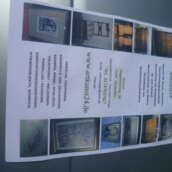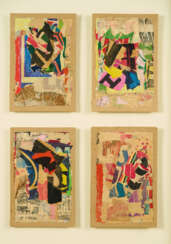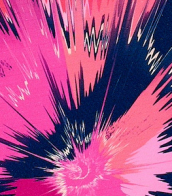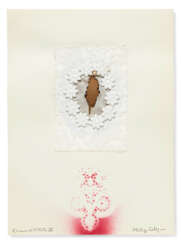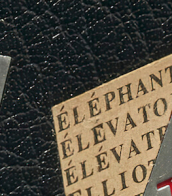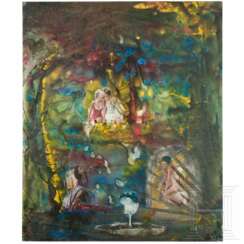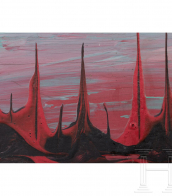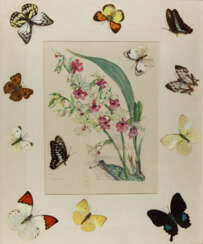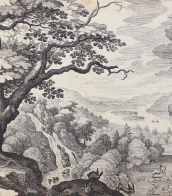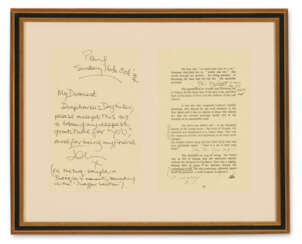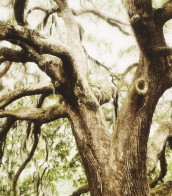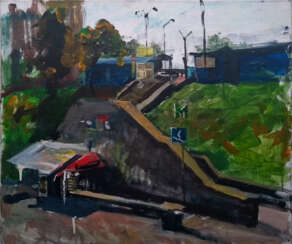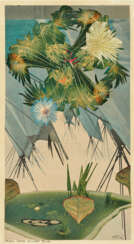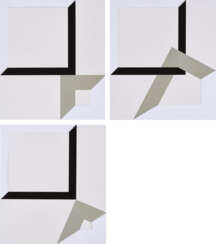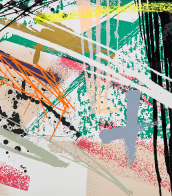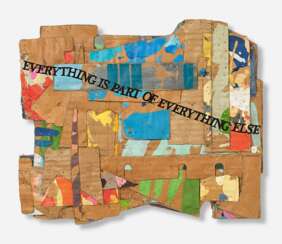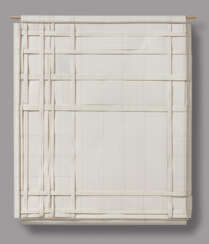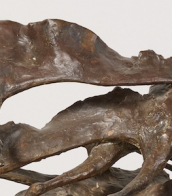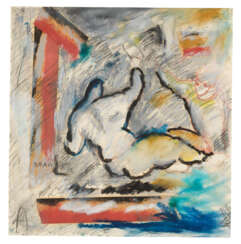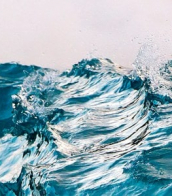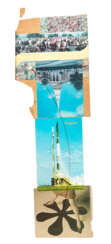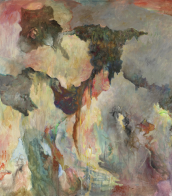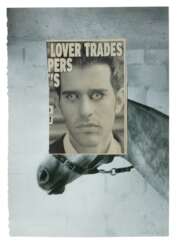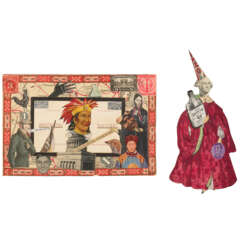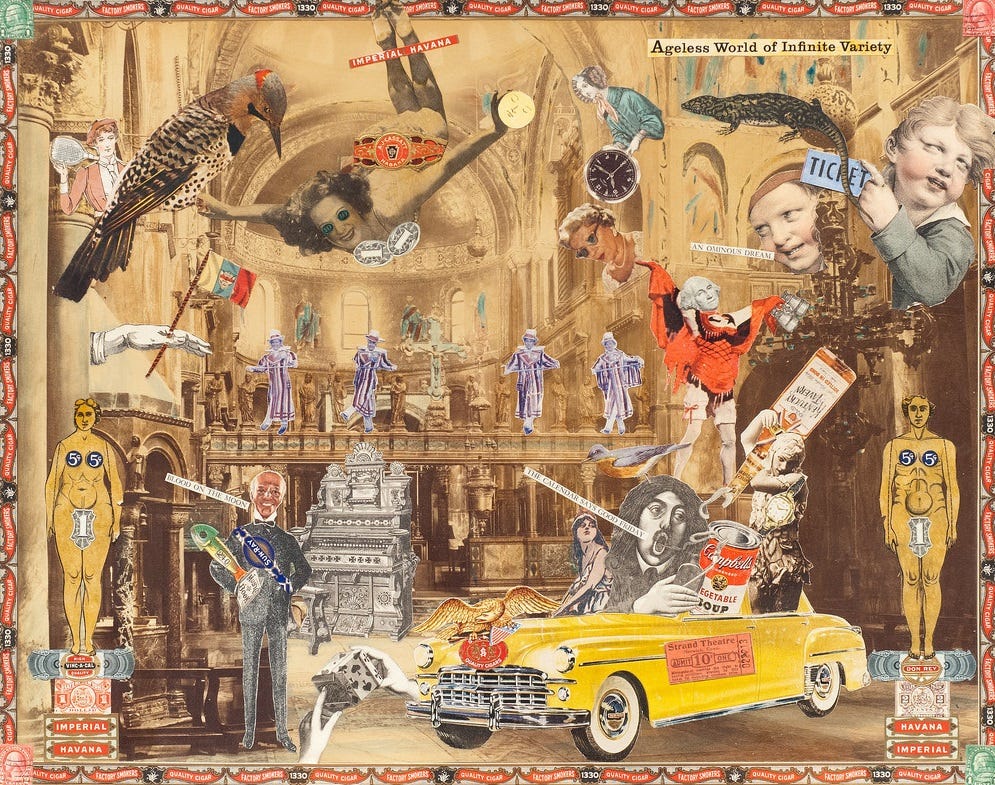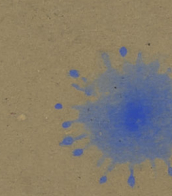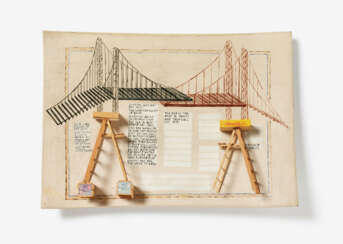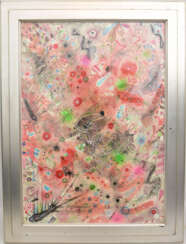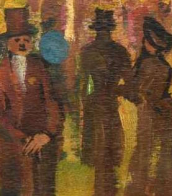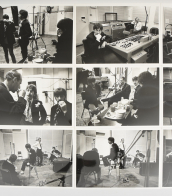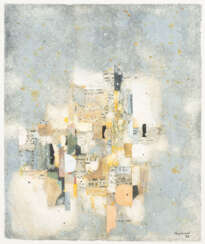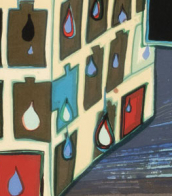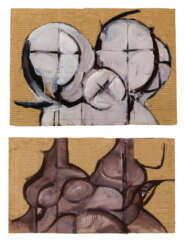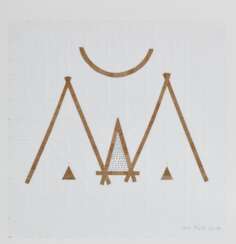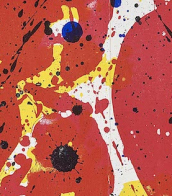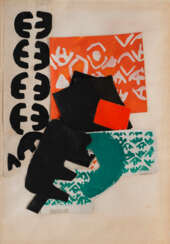collage
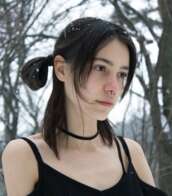
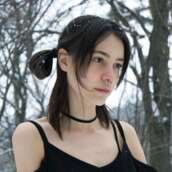
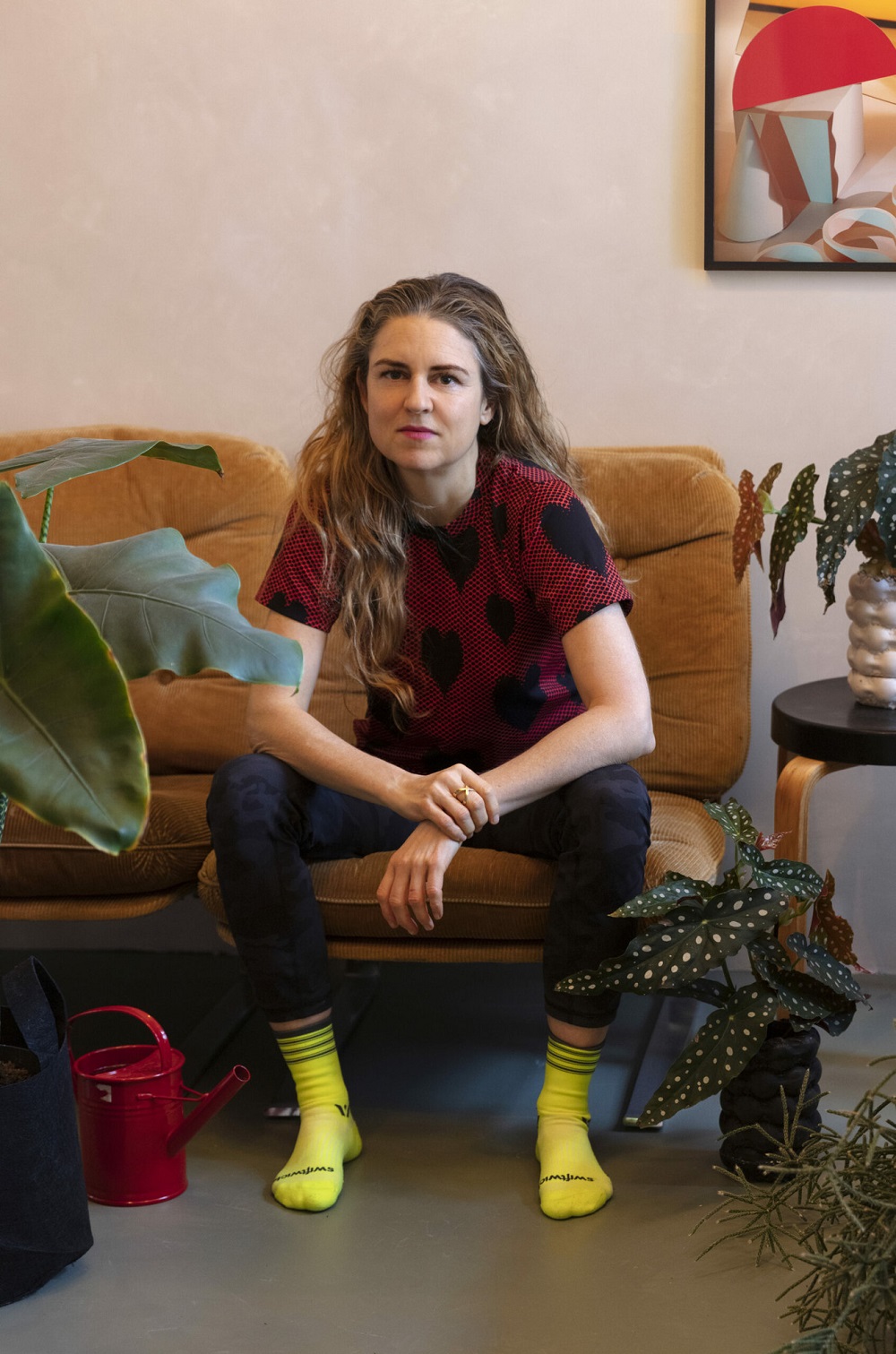
Kerstin Brätsch is a German contemporary visual artist who often creates large-scale, highly abstract works that combine multiple media. She studied at the University of Art in Berlin and Columbia University in New York and received a Master of Fine Arts degree in 2007. She currently lives and works in New York.
Brecht creates large works that she exhibits in a particular manner. This is as far as possible from the standard form of exhibiting artwork. She hangs her works on magnets, inserts them in double glass frames and rests them against the wall, leaving them on the floor. Using this peculiar method of presentation, she combines a bit of performance art into her visual works.
In 2014, Bratsch was awarded the August Macke Prize. In 2017, Bratsch was awarded the second Edvard Munch Art Prize, which is a cash prize and a solo exhibition at the Munch Museum in 2019.
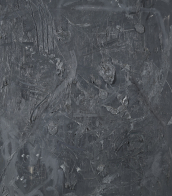
.jpg)
Hannah Höch was a German Dada artist. She is best known for her work of the Weimar period, when she was one of the originators of photomontage. Photomontage, or fotomontage, is a type of collage in which the pasted items are actual photographs, or photographic reproductions pulled from the press and other widely produced media.
Höch's work was intended to dismantle the fable and dichotomy that existed in the concept of the "New Woman": an energetic, professional, and androgynous woman, who is ready to take her place as man's equal. Her interest in the topic was in how the dichotomy was structured, as well as in who structures social roles.
Other key themes in Höch's works were androgyny, political discourse, and shifting gender roles. These themes all interacted to create a feminist discourse surrounding Höch's works, which encouraged the liberation and agency of women during the Weimar Republic (1919-1933) and continuing through to today.
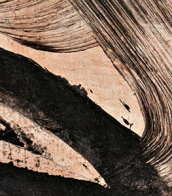
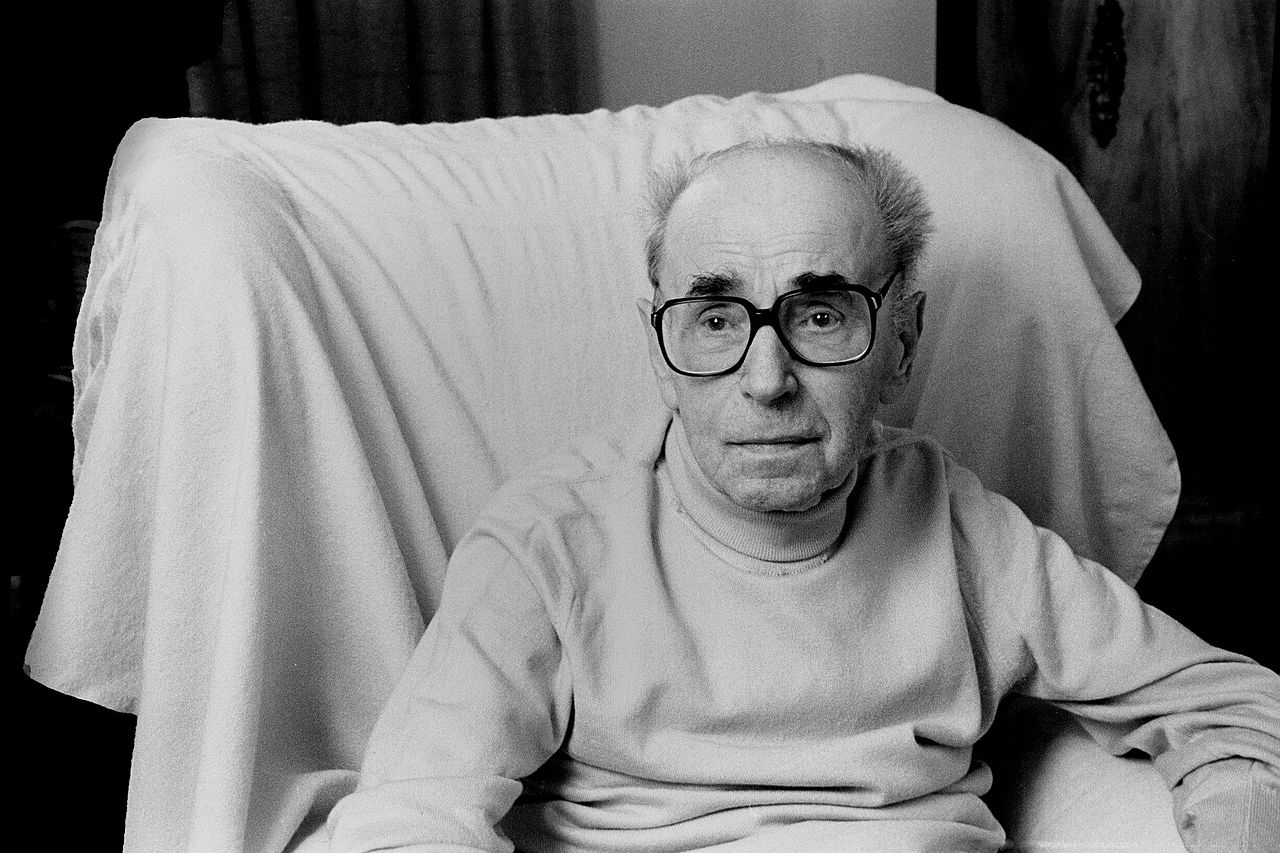
Jiří Kolář was a Czech poet, writer, painter and translator. His work included both literary and visual art.
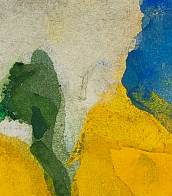
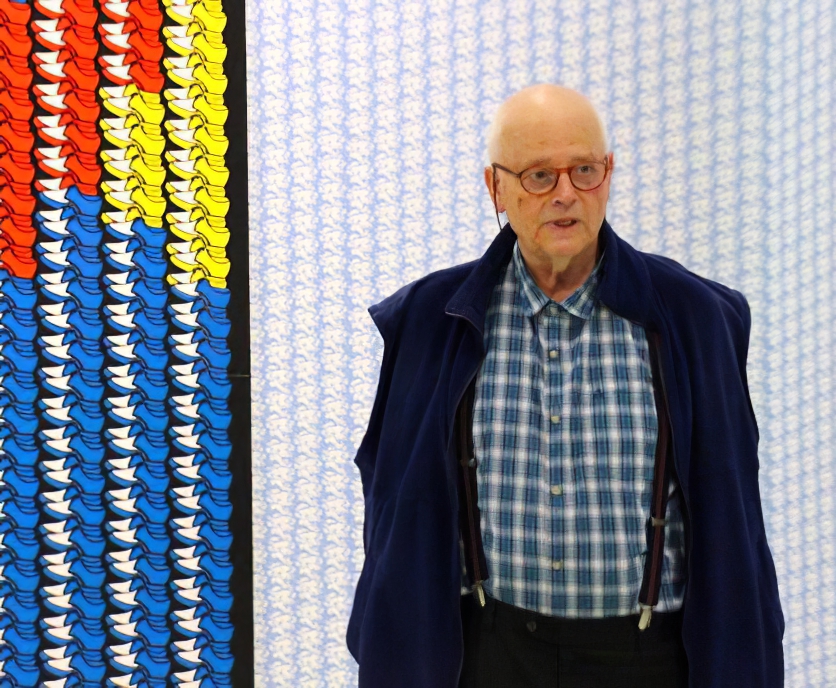
Thomas Bayrle is a contemporary German conceptual artist.
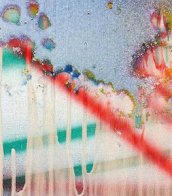

Thomas Bayrle is a contemporary German conceptual artist.
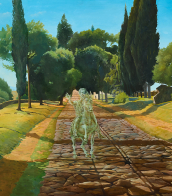

Antoni Tàpies i Puig, 1st Marquess of Tàpies was a Catalan Spanish painter, sculptor and art theorist, who became one of the most famous European artists of his generation.
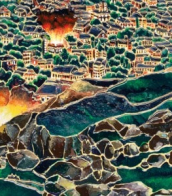
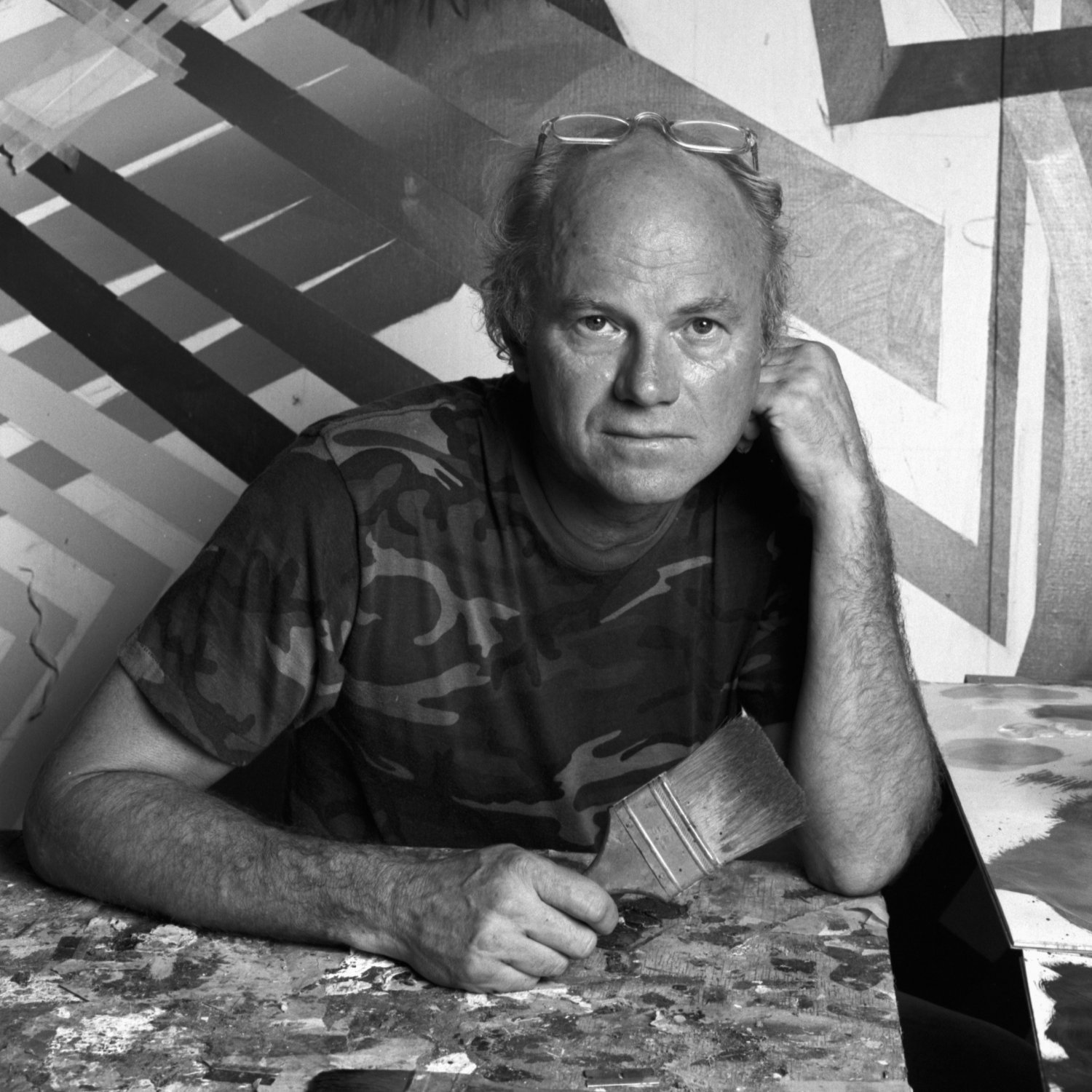
James Rosenquist was a towering figure in the American art scene, best known for his pivotal role in defining the Pop Art movement. Born in North Dakota, Rosenquist transformed his early experiences as a billboard painter into a revolutionary art form that blurred the lines between commercial and fine art. His unique approach to painting, characterized by the use of fragmented and juxtaposed imagery, mirrored the bombardment of mass media and advertising in American culture. This technique not only challenged traditional perceptions of art but also reflected the artist's critique of the consumerist society.
Rosenquist's most famous work, "F-111," an ambitious 86-foot-long mural, exemplifies his innovative style. Displayed at the Museum of Modern Art in New York, this piece encapsulates the essence of Pop Art by combining consumer goods, military imagery, and a fighter plane. The artwork serves as a powerful commentary on the military-industrial complex and the pervasive influence of advertising on American life. Another notable piece, "Stowaway Peers Out of the Speed of Light," showcases Rosenquist's later exploration into abstract expressionism, depicting a chaotic yet captivating vision of motion and light.
Throughout his career, Rosenquist's work remained deeply influential, earning him a place in prominent collections and museums worldwide. His ability to merge commercial techniques with fine art not only elevated his status as an artist but also left an indelible mark on the art world. Rosenquist's legacy continues to inspire artists and collectors alike, challenging them to see beyond the surface of everyday imagery.
For collectors and experts in art and antiques, James Rosenquist's work represents a pivotal moment in the history of modern art, where the lines between commercial and fine art were not just blurred but beautifully intertwined. To stay updated on new product sales and auction events related to James Rosenquist, we invite you to sign up for our updates. This subscription is your gateway to the evolving world of art collecting, where the legacy of innovators like Rosenquist continues to influence the market and inspire new generations of artists and collectors.
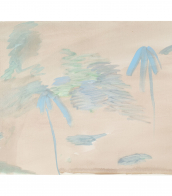
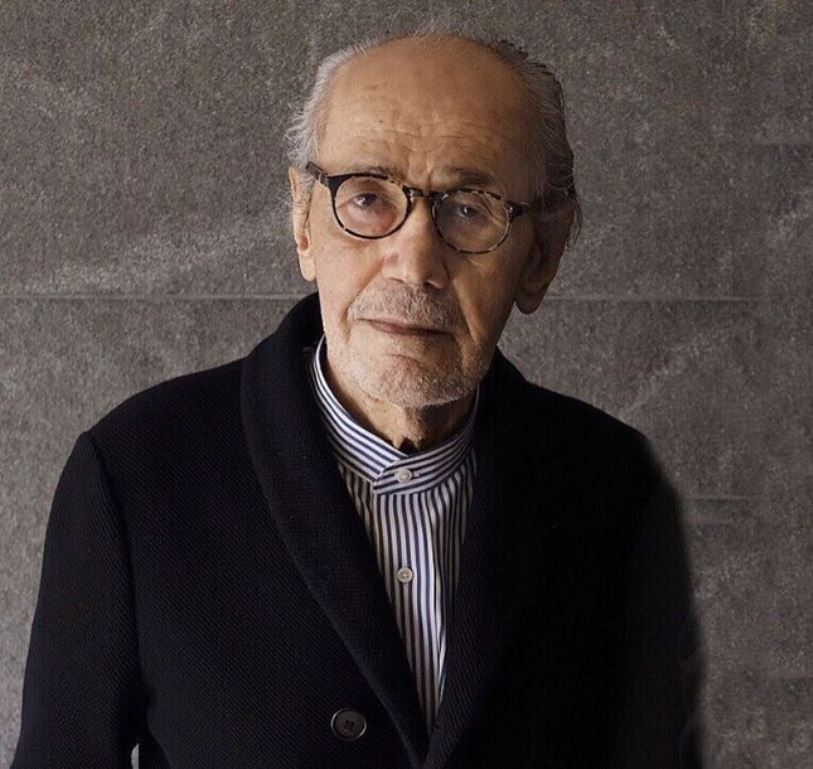

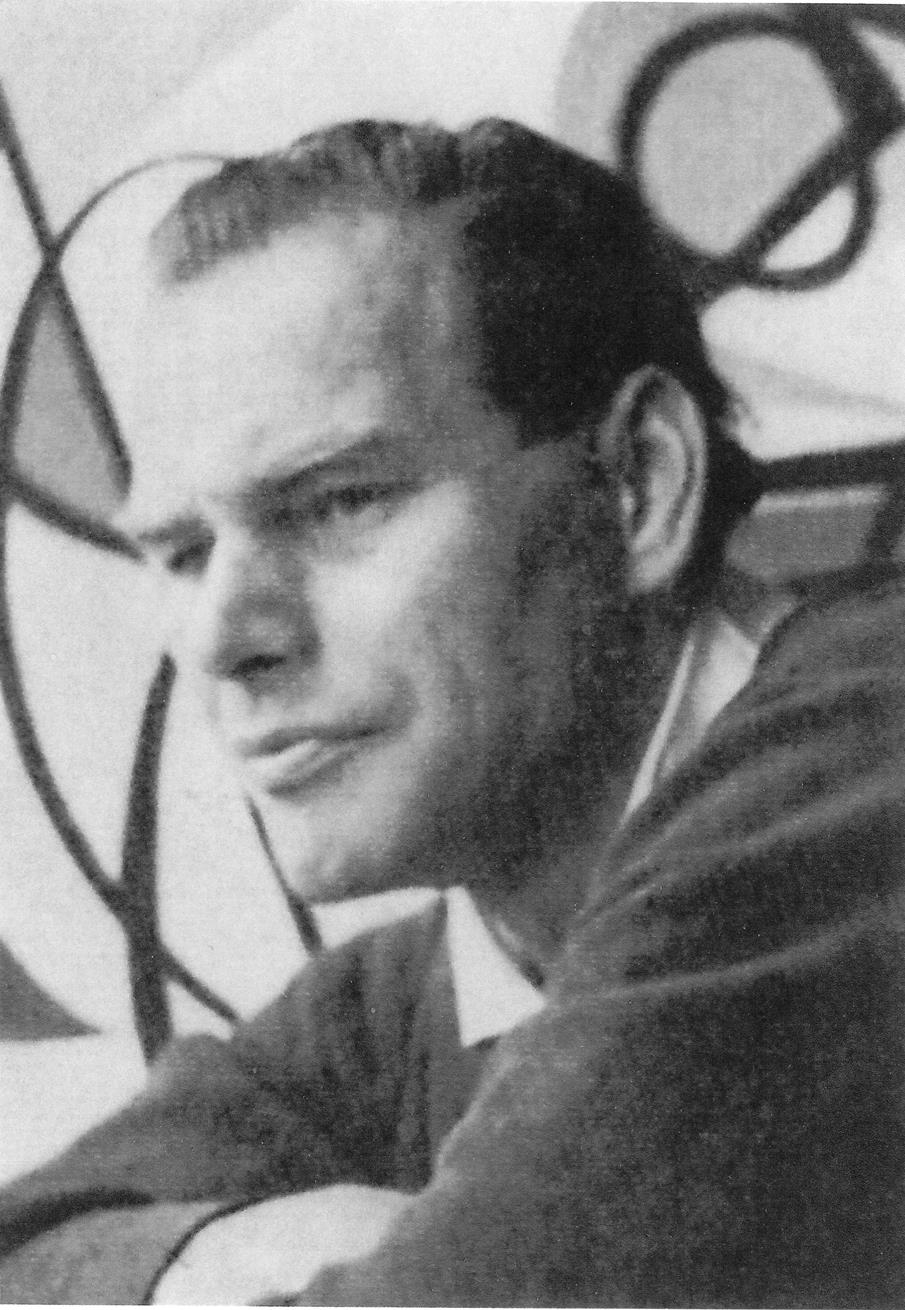
Hans Werdehausen is a German expressionist painter.
Werdehausen is a vivid representative of the new wave of postwar art. In 1948 he co-founded the group "Young West", later joined the Association of German Artists, and in 1955 - the Association of West German Artists.
Hans Werdehausen's individual style of painting combines expression, abstraction, constructivism and cubism.
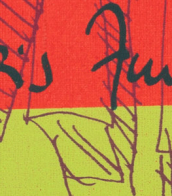
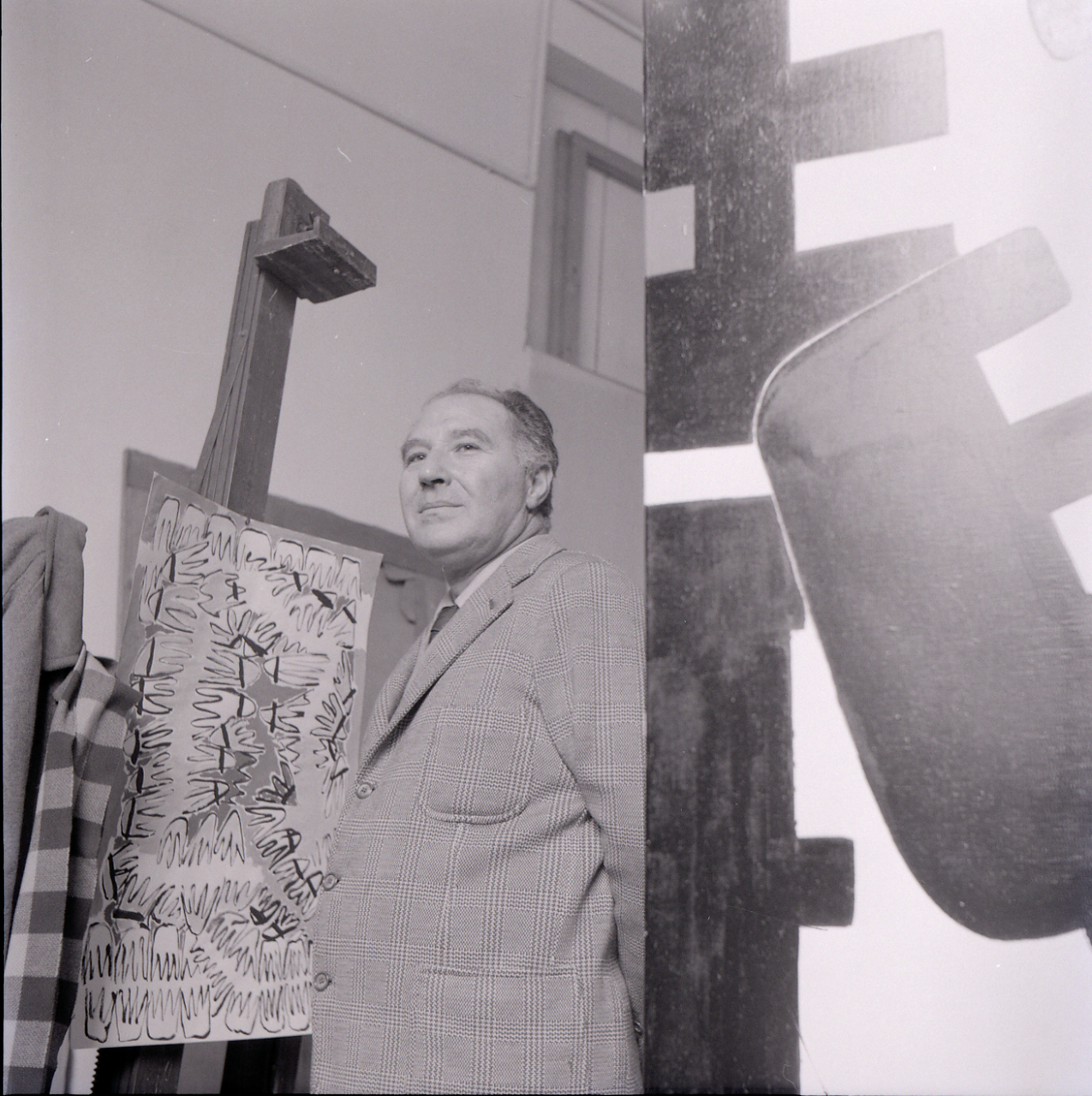
Giuseppe Capogrossi was an Italian painter.
In the years following World War II, Capogrossi's work changed in favour of a more abstract style. His work was part of the painting event in the art competition at the 1948 Summer Olympics.
Capogrossi subsequently became one of the main exponents of Italian informal art, together with Lucio Fontana and Alberto Burri.
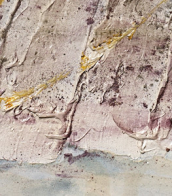
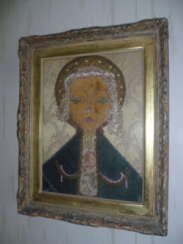

 Hansen.jpg)
